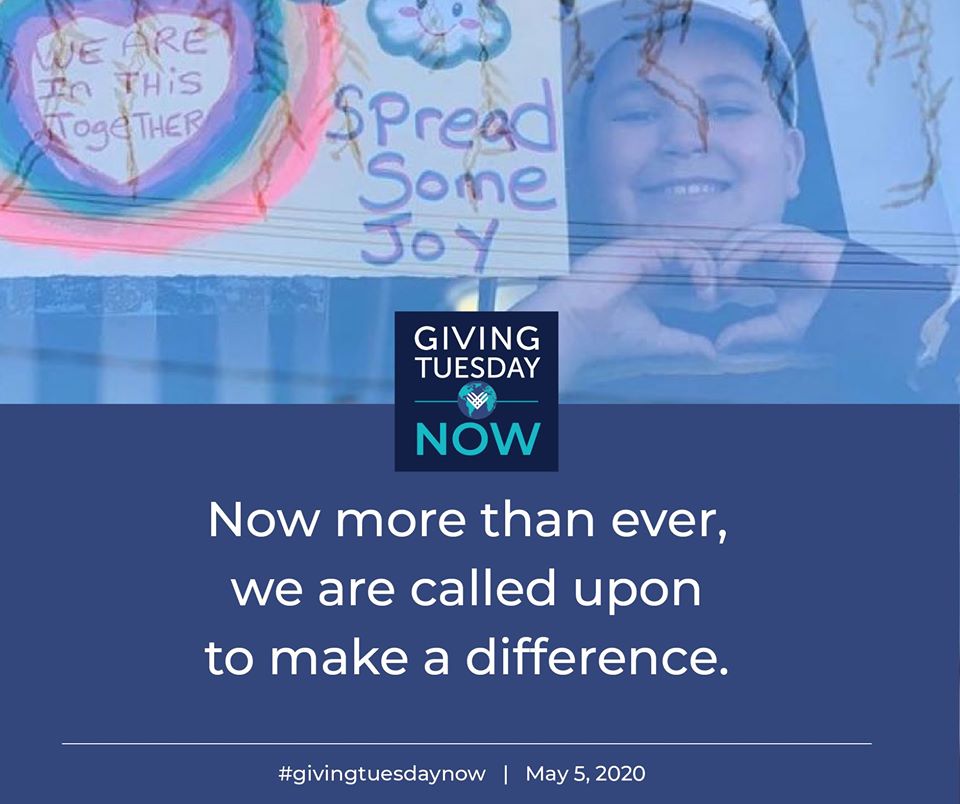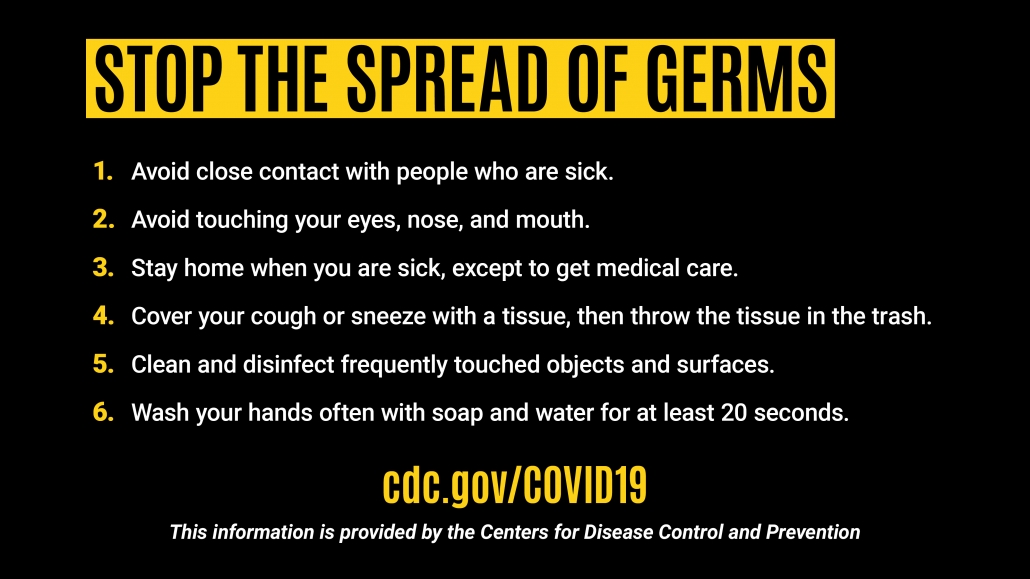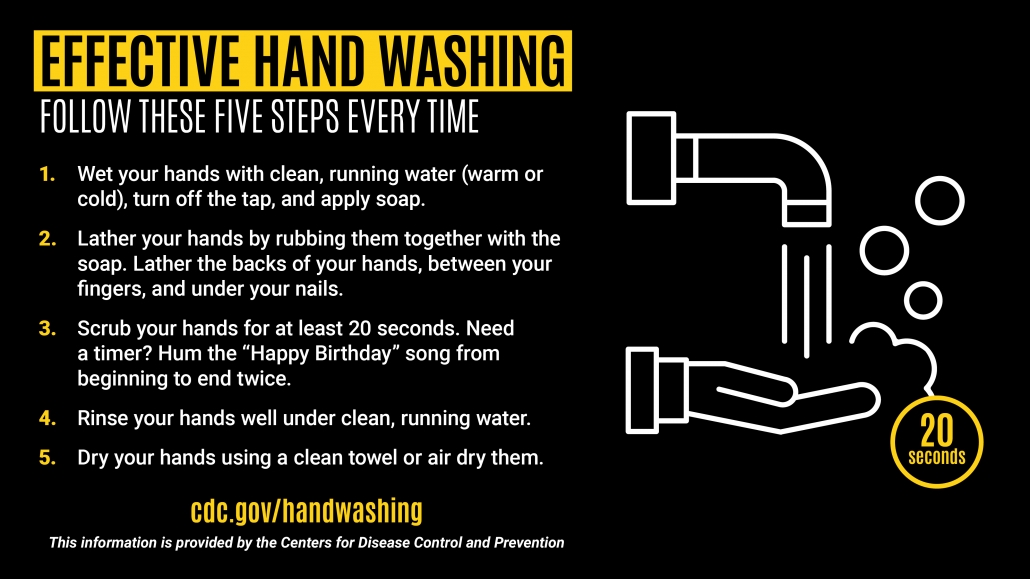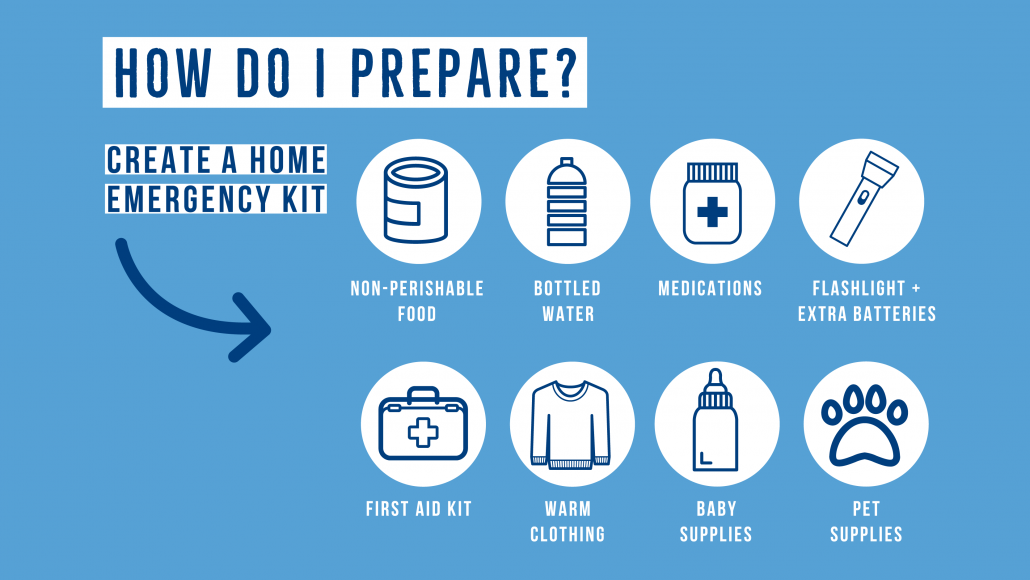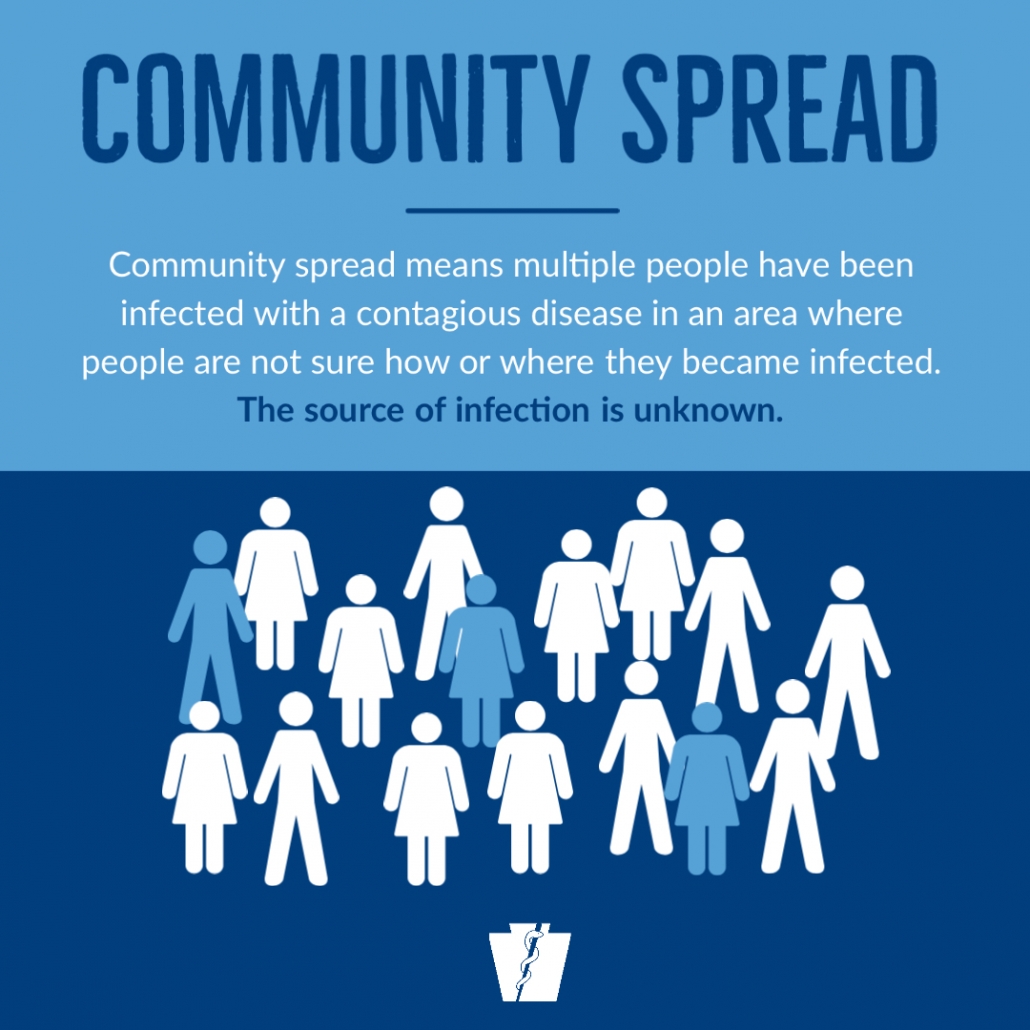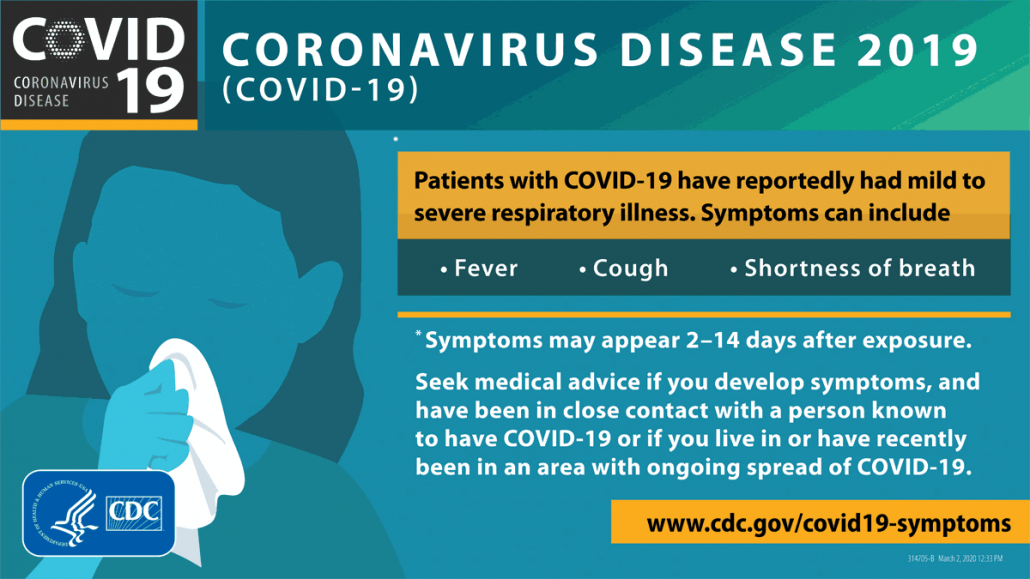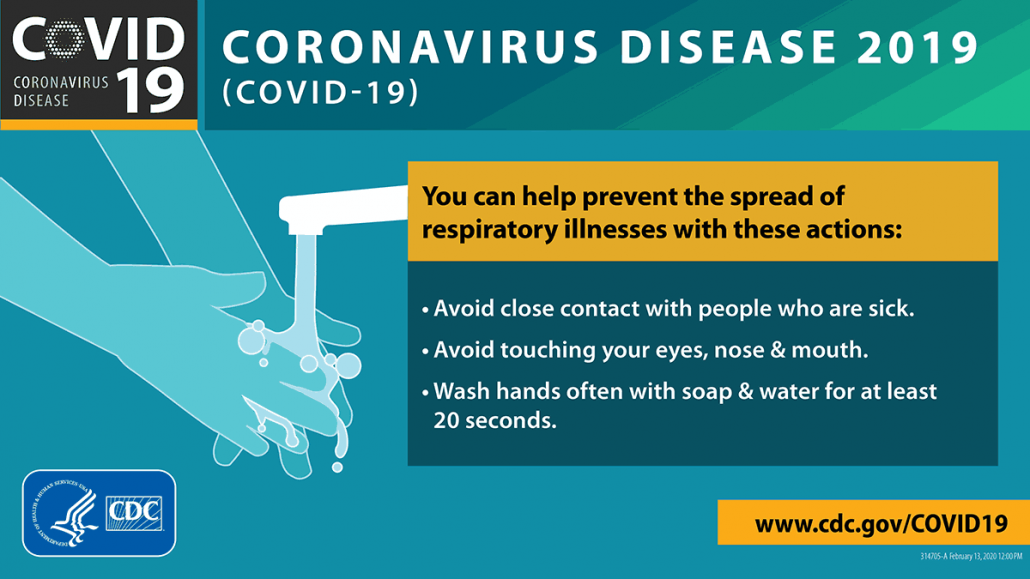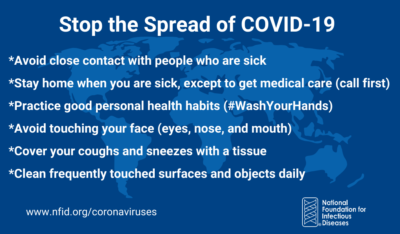I CAN PREDICT ONE THING FOR CERTAIN: ALL IOWA NONPROFITS CAN LEARN A VERY IMPORTANT LESSON!
For two formidable teams (Washington Huskies versus Michigan Wolverines in the College Football National Championship), it’s the culmination of a season. It’s been a grueling schedule with tons of variables from pre-season training camp to the regular season kick-off to the playoffs.
With absolute certainty however, I can predict one thing about tonight’s Big Game. That is, each team will have proper equipment, including helmets, cleats, shoulder pads, knee pads, gloves, mouth guards, and so on. And the referees, too, will be sure to have zebra shirts, whistles, yellow flags, and chain markers.
For a nonprofit to operate without having proper policies and procedures in place, is like playing the Big Game without any of the aforementioned equipment!
Without certain policies in place, a nonprofit simply cannot run properly. Without the right apparatus in place, there can be no expectations. Board members, officers, staff, donors, volunteers, and other stakeholders must work to ensure they’re scoring and not fumbling. Give your stars the protection they need, and the tools they require, to be a winning team.
WHERE TO START?
From working with a wide range of nonprofit clients, I’ve learned that many want proper policies and procedures, but they are simply stymied or confused on where to start. That’s where an attorney well-versed in nonprofit law can come in.
Many nonprofits have to fill out an annual form, IRS Form 990. Form 990 is unique in that it not only asks about financial information but also many of its questions directly ask about policies and procedures. There are at least 10 major policies asked about on Form 990.
SPECIAL OFFER!
I offer 10 major policies and procedures nonprofits definitely need for a flat fee of $990. This includes consultations and a full review round to make sure the policies and procedures fit the needs and operations of your particular nonprofit. Adopting the policies explained in this guide will ultimately save your nonprofit organization time and resources, and you can feel great about having a set of high-quality documents to guide internal operations, and present to the public.
ALL NONPROFITS NEED THESE 10 POLICIES
Whether a nonprofit is large or small, new or decades-old, or has a narrow or multi-faceted mission, all nonprofits should have these policies in place.
Yes, these policies are asked about on Form 990, but even if a tax-exempt organization is not required to submit a variation of the 990, the benefits are still immense. In general, having policies in place provides a framework and the expectations for an organization’s executives, employees, volunteers, and board members. Such policies can also be referenced if/when issues arise.
Another major reason to have proper policies and procedures in place is that they provide a foundation for soliciting, accepting, and facilitating charitable donations.
Additionally, investing in strongly written, organization-specific policies is a practice in preparation in case of an audit. (The IRS audits tax-exempt organizations, just as it audits companies and individuals).
POLICY HIGHLIGHT
Among the major policies and procedures included in my special 10 for 990 offer are the following:
(You can also download my free guide with more extensive information and explanations regarding these policies and procedures.)
COMPENSATION
The IRS recommends a three-step process for determining appropriate compensation: conduct a review of compensation at (1) similarly-sized peer organizations, (2) in the same or similar geographic location, (3) with comparable positions.
CONFLICT OF INTEREST
A conflict of interest policy should do two important things: (1) require board members with a conflict (or a potential conflict) to disclose it, and (2) exclude individual board members from voting on matters in which there is a conflict.
If consistently adhered to, this policy can inspire internal and external stakeholder confidence in the organization, as well as prevent potential violations of federal and state laws.
DOCUMENT RETENTION AND DESTRUCTION
The document retention policy should specify what types of documents should be retained, how they should be filed, and for what duration. This policy should also outline proper deletion/destruction techniques.
FINANCIAL POLICIES AND PROCEDURES
This specifically addresses guidelines for making financial decisions, reporting the financial status of the organization, managing funds, and developing financial goals. The financial management policies and procedures should also outline the budgeting process, investment reporting, what accounts may be maintained by the nonprofit, and when scheduled auditing will take place.
FORM 990 REVIEW
Form 990 asks about . . . . Form 990! That’s about as meta as the IRS gets. Specifically, this policy covers how Form 990 was prepared and how it was approved. A written policy is incredibly useful in clarifying a specific process for distribution and procedure review by the board of directors.
FUNDRAISING
This one may seem obvious, but almost every nonprofit needs a fundraising policy, as almost all nonprofits engage in some sort of charitable fundraising. Your organization is no exception! This policy should include provisions for compliance with local, state, and federal laws, as well as the ethical norms the organization chooses to abide by in fundraising efforts.
GIFT ACCEPTANCE
If well-written and applied across the organization, the policy can help the organization to kindly reject a non-cash gift that can carry extraneous liabilities and obligations the organization is not readily able to manage.
INVESTMENT
Before investments are made on behalf of the organization, there should be a sound investment policy in place to define who is accountable for investment decisions. The policy should also offer guidance on activities of growing/protecting the investments, earning interest, and maintaining access to cash if necessary.
PUBLIC DISCLOSURE
Form 990 specifically asks the filing organization to report if certain documents are made available to the public, such as governing documents (like the bylaws), conflict of interest policy, and financial statements. Additionally, the form asks for the name, address, and phone number of the individual(s) who possesses the financial “books” and records of the organization.
WHISTLEBLOWER
Nonprofits, along with all corporations, are prohibited by the federal government from retaliating against employees who call out, draw attention to, or “blow the whistle” against the employer’s practices. This policy outlines the steps an organization will take to investigate allegations and protect whistleblowers.
KEEPING UP-TO-DATE
If you already have some (or all) of the above-listed policies in place, seriously consider the last time they were updated. How has the organization changed since they were written? Have changes to state and federal laws impacted these policies at all? It may be high time for a new set of policies that fits your organization.
WHY 10 FOR 990
The mission of Gordon Fischer Law Firm is to promote and maximize charitable giving in Iowa, and to that point, I want to help every Iowa nonprofit be legally compliant. It’s like how the coach wants to do everything they can to help their team win on the field. The 10 policies a part of this promotion will save you time, and resources and you can feel good about having a set of high-quality policies to guide internal operations and present to the public.
Again, for now, I’m offering these 10 policies—including needed consultations—for the low flat fee of only $990. Contact me anytime at gordon@gordonfischerlawfirm.com. I look forward to discussing your tax-exempt organization’s needs and how we can set you up for compliance
success to be nonprofit champions!
####












